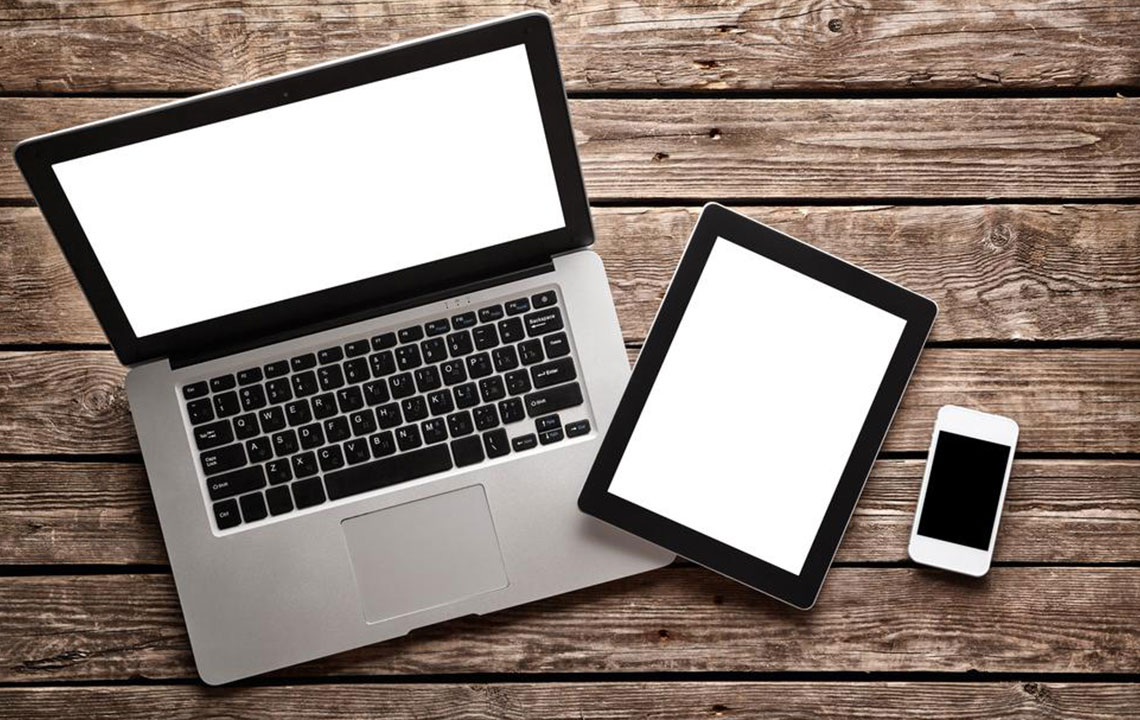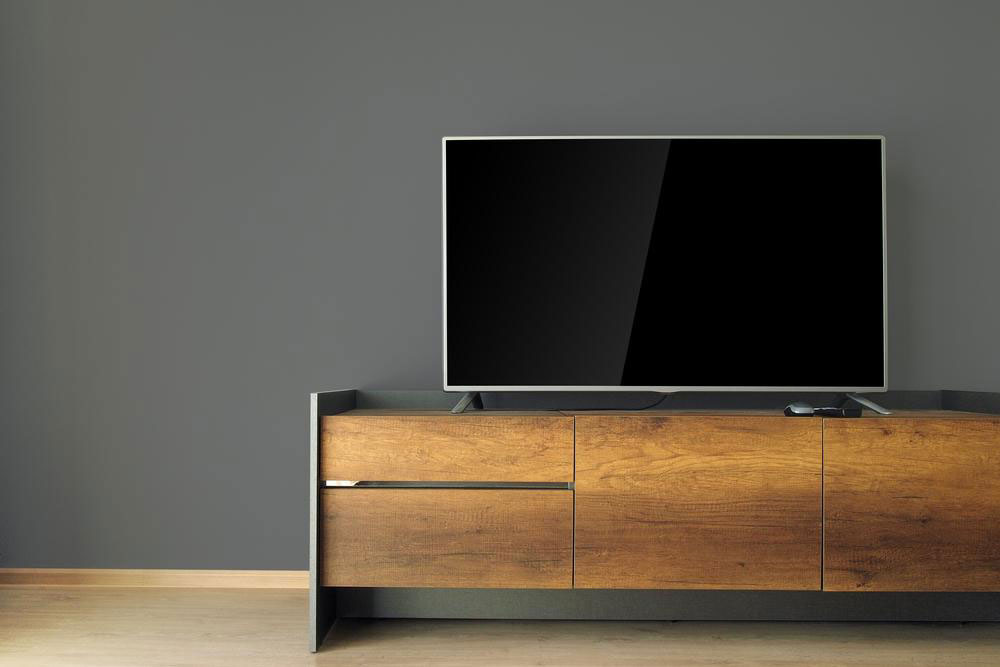Essential Tips for Choosing a Refurbished Laptop
Discover essential tips for choosing a reliable refurbished laptop. Learn what to check—such as operating systems, battery health, physical condition, and memory—to make an informed purchase. This guide helps buyers find quality, cost-effective devices suitable for various needs while avoiding common pitfalls. Whether you're upgrading or starting fresh, these insights ensure you select a refurbished laptop that balances performance and affordability effectively.

Key Factors to Consider When Selecting a Refurbished Laptop
Purchasing a laptop can be overwhelming, especially when trying to balance features and budget. Opting for a refurbished device is a smart choice for those seeking affordability without sacrificing performance. These laptops are not brand new but are restored to good working condition, often through thorough inspection and repair or just re-packaging.
Since there's no standard labeling for refurbished laptops, understanding their condition is crucial. Some may be returned products missing accessories like chargers or cables, while others are upgrades from existing devices. Knowing what to look for helps ensure a wise purchase.
When buying refurbished, it's important to verify certain aspects. Some units may have been returned unopened, and accessories might be missing. Also, be aware of whether the laptop has been checked, repaired, or reassembled to guarantee quality.
Check Operating System Version: Opt for laptops with current OS versions. Old operating systems may lack support, security updates, and compatibility, risking vulnerability to malware and viruses.
Assess Battery Health: Confirm the battery’s condition. Ensure it is functional, charges properly, and is either new or well-maintained for reliable portability.
Determine Memory Needs: Identify how much RAM you require based on your applications. Higher memory enables smoother multitasking and software operation.
Inspect for Physical Damage: Look for scratches, cracked screens, dents, or damaged hinges. Cosmetic issues should not impair the device's performance.
Note: Our blog offers broad insights across various topics. While we aim to provide accurate information, readers should verify details independently. The site isn't responsible for discrepancies or offers beyond our coverage.










